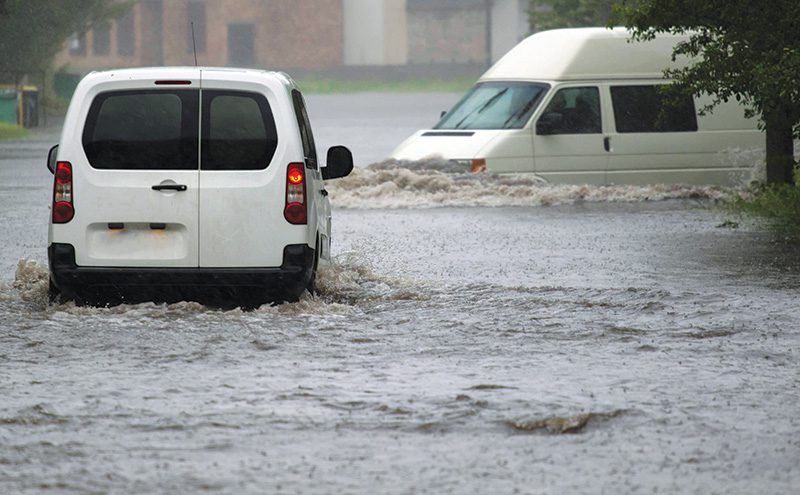BUSINESSES and communities in several parts of Scotland – especially the north-east, the south-west and the Borders – have been hard hit in one of the stormiest winters in recent memory. And some forecasts suggest there could be more severe weather to come before the winter is over.

The Scottish Government and other bodies have issued advice on how to prepare for extreme weather.
At government site www.readyscotland.org in the My Business section there’s a severe weather business continuity page that includes a series of tips and suggestions including:
• Ensure you have appropriate insurance cover.
• Talk to your staff about how severe weather may affect the business and share ideas on avoiding disruption.
• Work out how you would operate in the absence of some staff.
• Plan how you would operate if you couldn’t access or use part of your premises, and how you would evacuate staff or move stock.
• Make plans for a power, phone or other utility failure.
• Make the most of social media and other communication channels during periods of severe weather to maintain regular contact with customers, suppliers and staff to help overcome problems.
• Try to have alternative arrangements in case your suppliers’ businesses suffer disruption.
Flooding has been a particularly bad problem in recent months in parts of Scotland and the Ready Scotland site stresses that flooding can actually happen at any time of year, is the most common form of natural disaster in the UK, and that one in 13 non-residential properties in Scotland is at risk of flooding.
The Scottish Environmental Protection Agency runs the Floodline direct warning service that gives the opportunity to sign up its alerts. It’s at www.floodlinescotland.org.uk
And there’s a downloadable form that serves as a 10-minute plan for business preparation for things like natural disasters, cyber attacks and civil unrest at
www.readyscotland.org/media/1133/sbc-berg-10-minute-plan.pdf

















